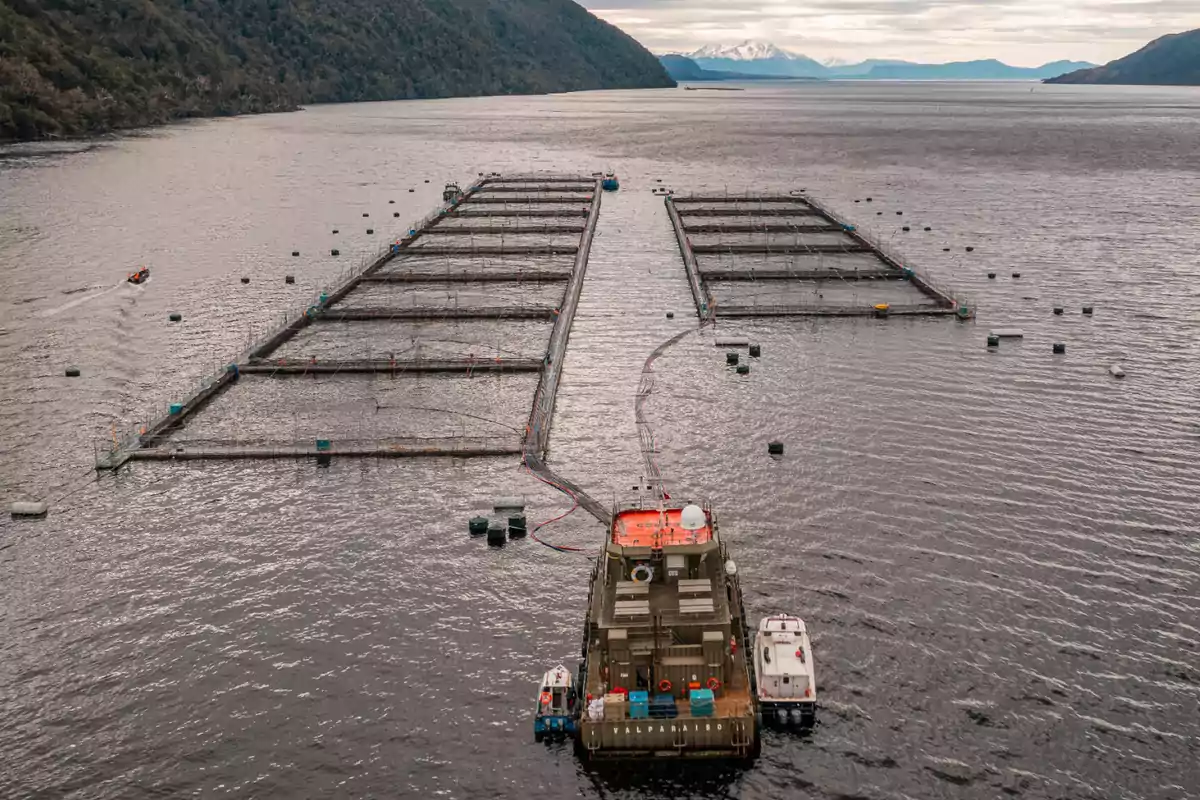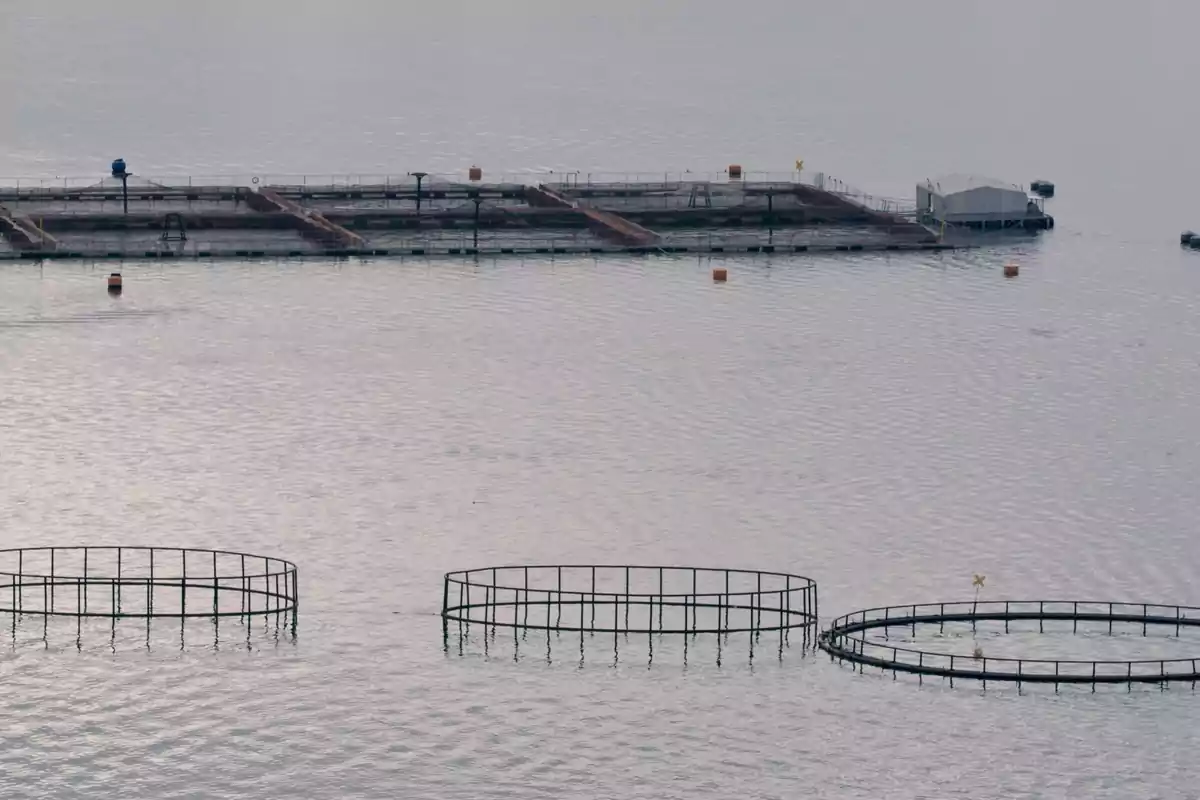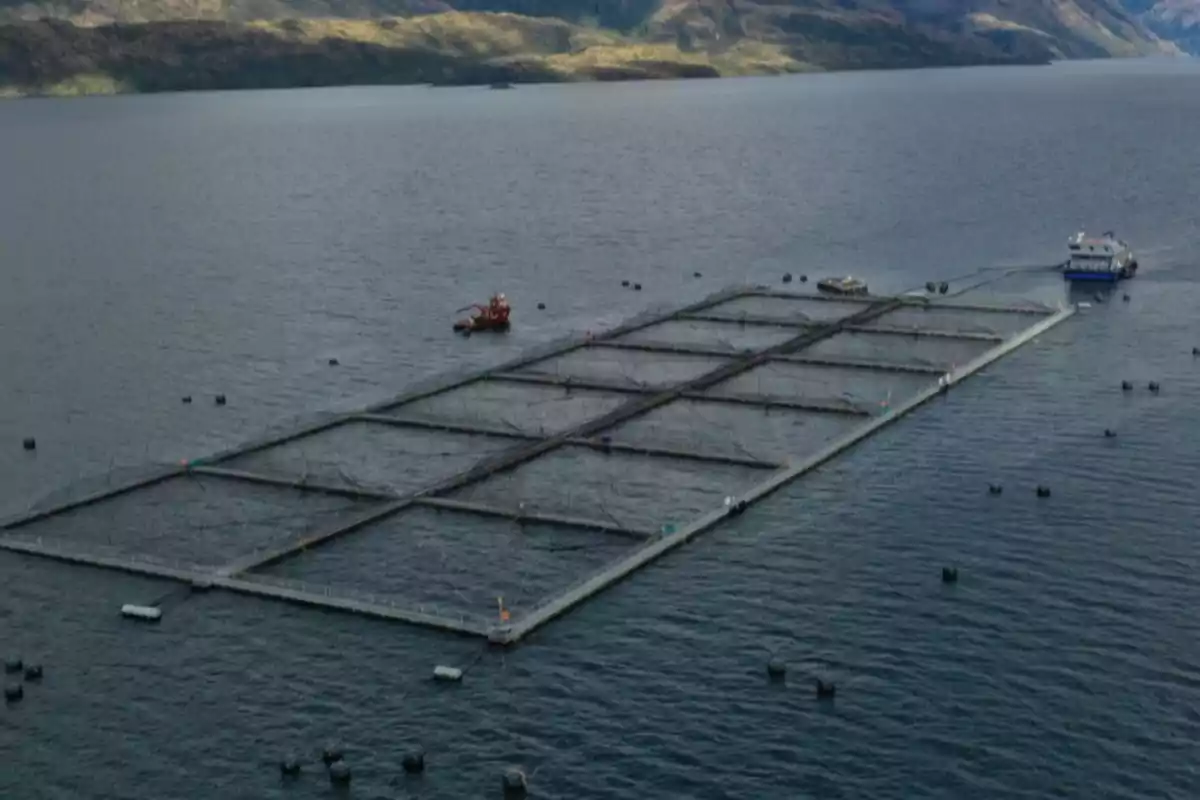
La Libertad Avanza seeks to allow salmon farming in Tierra del Fuego
The project seeks to repeal the disastrous ban in effect since 2021
With declining tourism and a weakened economy, salmon farming in Tierra del Fuego province emerges as a major alternative to generate wealth and prosperity in the region.
This debate has intensified in recent months following an initiative by a legislator from La Libertad Avanza, the party led by President Javier Milei, who seeks to repeal the disastrous ban in force since 2021 and allow salmon farming and trout farming in provincial waters.
The proponent of the proposal is Agustín Coto, president of the La Libertad Avanza Bloc in the Provincial Legislature, who submitted a bill to lift the restriction established by Law 1,355.
This regulation, unanimously approved in 2021 after a strong media campaign by environmentalist groups and the far left, had banned salmon farming in the province's jurisdictional waters, both lake and marine, with the aim of "protecting local ecosystems," resulting in the loss of millions of dollars and thousands of jobs.

The amendment now moving forward in the Legislature keeps the ban on the Beagle Channel but allows the activity in other bodies of water. According to the committee's report, the Executive Branch would be authorized to define suitable areas through strategic environmental assessments. The text specifies that it must ensure "social and economic well-being without compromising the sustainability of ecosystems."
The Chilean model
On the other side of the border, Chile has established itself as one of the world's leading salmon exporters. In the Magallanes region, neighboring Tierra del Fuego, nearly 50 production centers operate, generating around 180,000 tons (396,832 pounds) per year and exporting for an approximate value of USD 650 million.
The activity provides direct employment to between 7,000 and 8,000 people, with average salaries of USD 1,500 to 1,700 per month, and its network of local suppliers supports thousands of additional indirect jobs.

From a macroeconomic perspective, salmon farming accounts for about 50% of the regional GDP in Magallanes and constitutes a significant part of its exports. According to private estimates, the zoning of productive areas in Tierra del Fuego could generate immediate income through concessions valued at approximately USD 1 million each.
The scale of the business is also reflected in recent foreign trade figures. In the first quarter of 2024, Chile exported farmed salmon and trout worth USD 1.828 billion, an amount equivalent to the total Argentine exports of honey, fresh fruit, fish, shellfish, dairy products, and beef, pork, poultry, and sheep meat during the same period.
The Chilean case is not isolated, since many countries have developed aquaculture. In 2022, for the first time, the volume of seafood obtained through aquaculture surpassed that of capture fishing, both marine and river, reaching 50.8% of the total fish and shellfish.
It is projected that by 2027 aquaculture will account for 56% of total production. This trend has been adopted by several South American countries with a fishing tradition, such as Chile, Ecuador, and Brazil, but not by Argentina.
More posts: